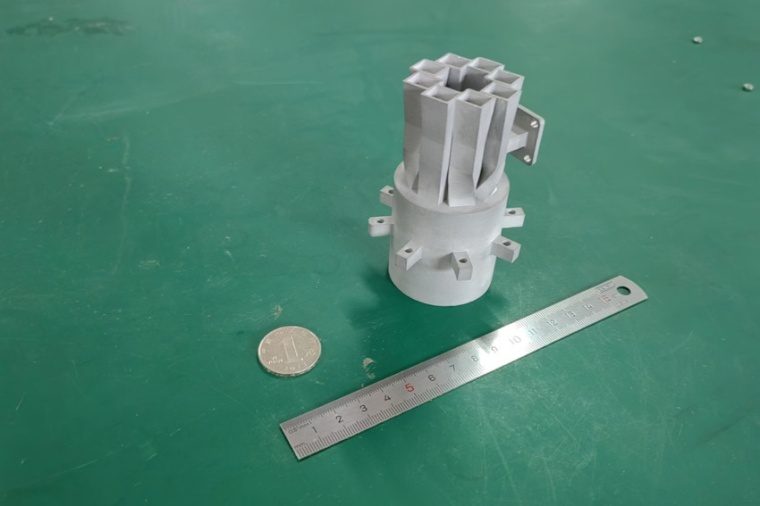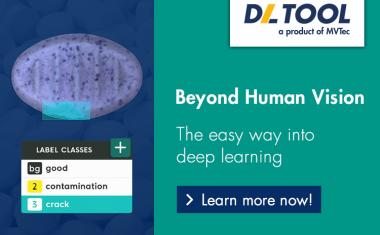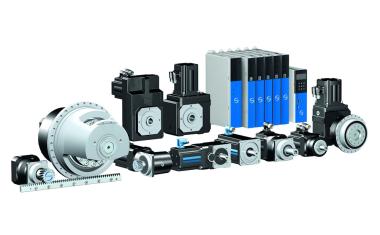3D-printed device generates vortex beams
With integrated gain-filtering, the new generator could boost 5G/6G networks and enhance data transmission.
Chinese researchers have developed a 3D-printed device that generates twisting light beams with orbital angular momentum (OAM), a form of rotational energy that can carry more data than regular beams. The efficient, compact and low-cost vortex beam generators could help enhance the capacity and reliability of future wireless systems. “The growing demand for high-capacity, interference-resistant communication systems in applications like 5G/6G wireless networks requires innovative solutions,” said Jianxing Li from Xi’an Jiaotong University. “Although vortex beams carrying OAM can potentially enhance spectral efficiency and communication capacity, current methods to generate these beams are hindered by low efficiency, high fabrication costs and vulnerability to interference from unwanted frequency bands.”

The researchers leveraged 3D printing to create an OAM beam generator that can be used as a sophisticated antenna system for advanced wireless communication. The device generates high-capacity vortex beams and features an integrated gain-filtering feature that amplifies desired signals while blocking interference to ensure clear, efficient transmission. “Our OAM beam generator is particularly well suited for 5G/6G wireless communication as well as remote sensing and imaging,” said Yuanxi Sao. “For example, integrating this device into communication towers could improve streaming and online connectivity at large gatherings like music festivals or sports events, where high user density often overwhelms existing networks, causing slow speeds and dropped connections.”
The new 3D-printed OAM beam generator uses an integrated gain-filtering power divider to split the signal evenly while also filtering out unwanted frequencies at the source. This minimizes interference and reduces the need for additional external components. The researchers also used an air-filled all-metal structure to avoid dielectric losses, ensuring higher radiation efficiency and greater power-handling capacity. The device works by first dividing an incoming signal into eight equal parts using the built-in power divider, which filters out unnecessary frequencies along the way. Each signal then passes through a special pathway that adjusts the phase to accomplish the precise alignment necessary to create the vortex beam. Finally, the signals are transmitted through a circular array of antennas to produce a vortex beam with the desired properties.
After performing advanced simulations to fine-tune the filtering power divider for precise in-band signal transmission and effective out-of-band suppression, the researchers used selective laser melting to 3D print a prototype device using an aluminum alloy known for its high precision and low surface roughness. “We fabricated the device as a monolithic structure using selective laser melting 3D printing technology,” said Cao. “This eliminates the need for assembly, reducing manufacturing costs and ensuring precise alignment of components – all of which are critical for high-frequency applications.”
Experimental testing confirmed that the prototype device achieved the desired beam characteristics with a mode purity of approximately 80 %. It also exhibited high out-of-band suppression, exceeding 30 dB, which significantly reduces interference and ensures clean signal transmission. The researchers are now working to enhance the OEM beam generator’s performance by improving gain, efficiency and signal filtering. They also want to expand the potential applications by exploring multi-mode OAM generation and testing it across broader frequency ranges, such as terahertz communication. The researchers note that commercializing the device will require refining 3D printing for scalability, integrating it with existing systems, ensuring compliance with regulations, and validating performance in real-world applications like 5G and satellite communication. (Source: Optica)
Link: School of Information and Communications Engineering, Xi’an Jiaotong University, Xi’an, China











